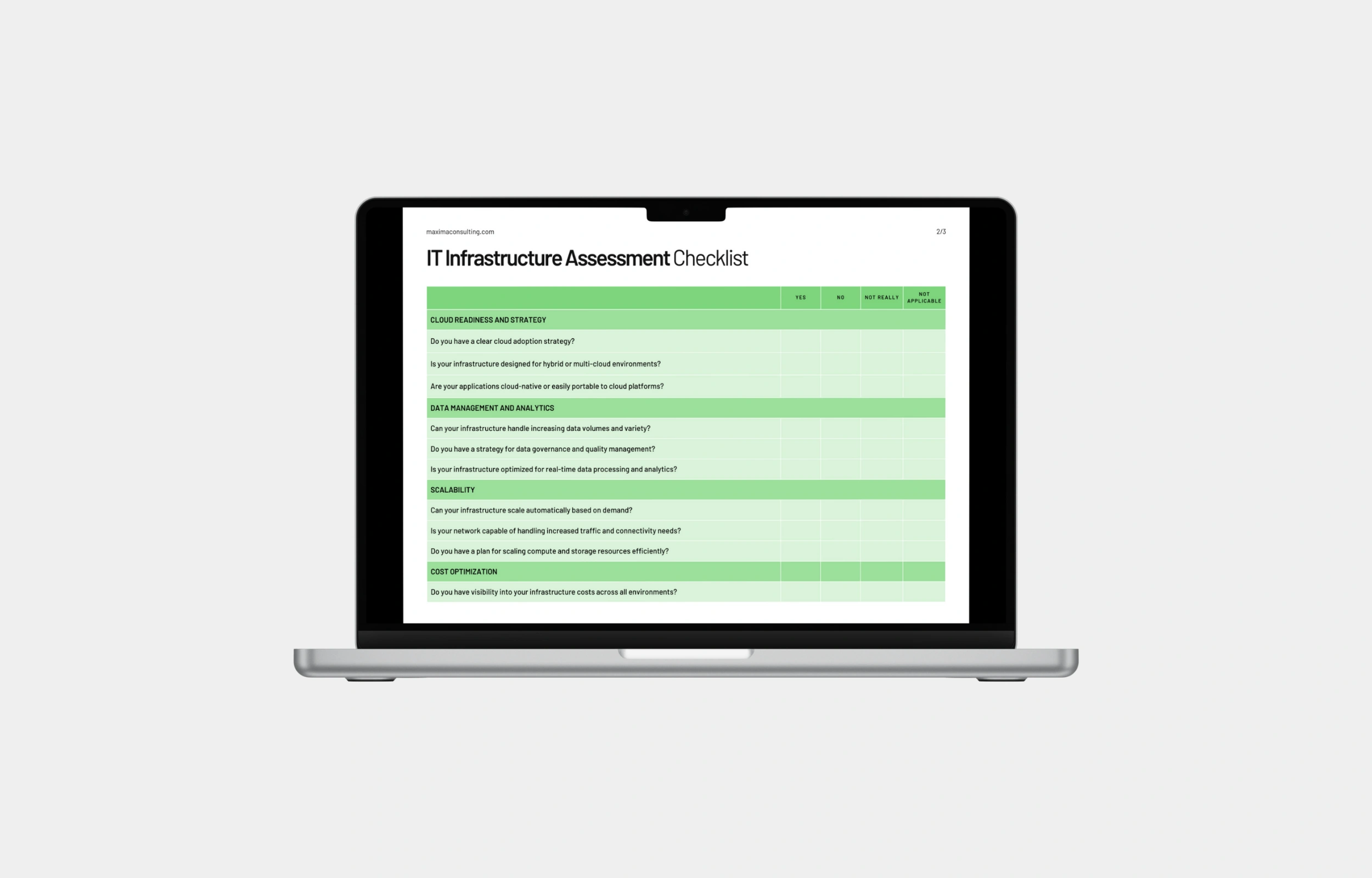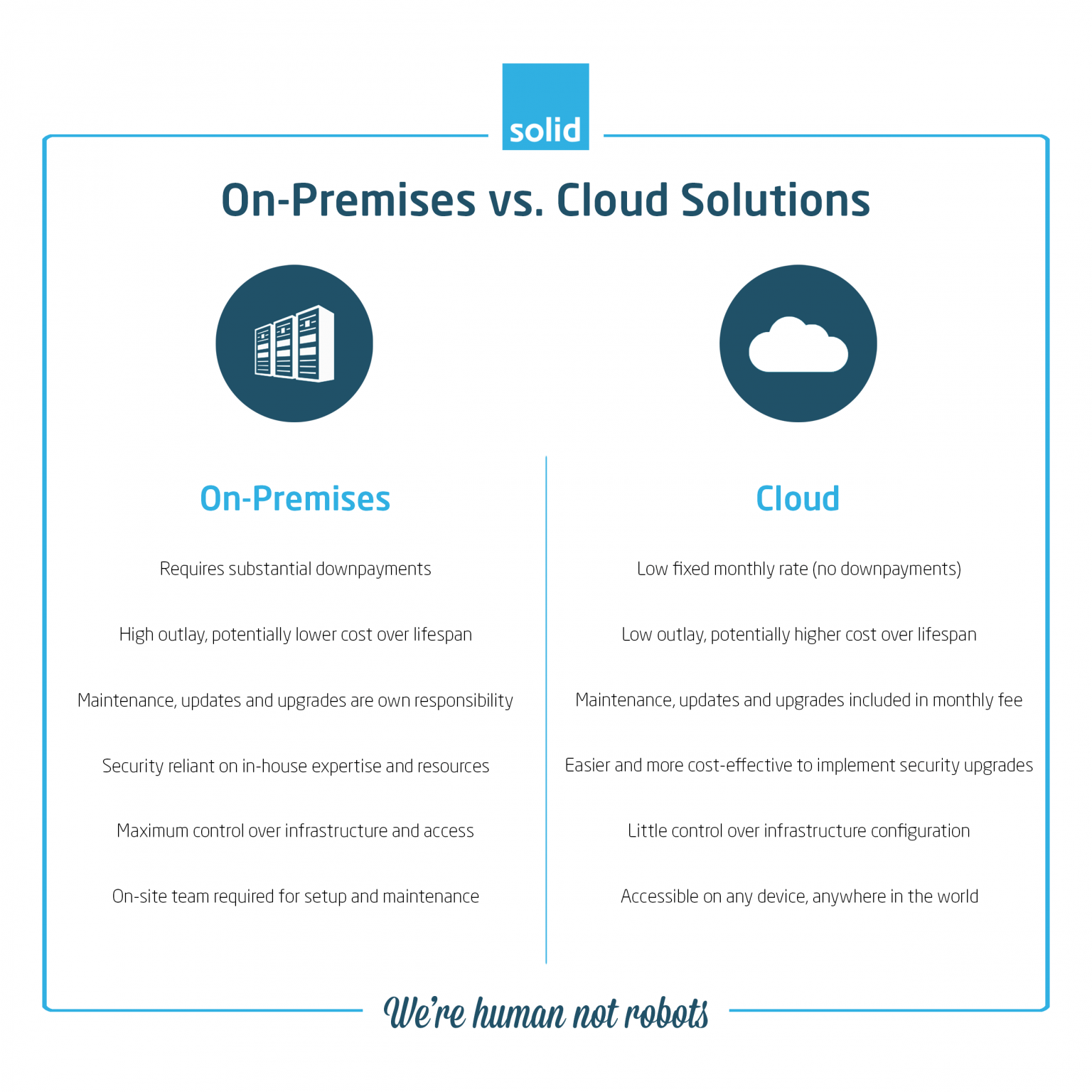In today’s fast-moving digital reality, Copilot prompt engineering has become the linchpin for organizations looking to harness the true potential of AI tools like Microsoft Copilot. It’s no longer about what the AI can do—it’s about how you talk to it. Crafting a powerful prompt is the new literacy of the AI age.
Whether you’re a developer automating tasks in Microsoft 365 or a marketing professional enhancing CRM outreach via Dynamics 365, understanding prompt engineering is the essential first step. In this guide, we’ll demystify Copilot prompt engineering, highlight real-world use cases, explore expert tips (with pros and cons), and share industry insights—including a hot take from Tamer Badr, founder of Singleclic, a company at the forefront of AI integration in business systems.
What Is Copilot Prompt Engineering?
Prompt engineering is the method of structuring your input to guide AI systems like Microsoft Copilot to deliver optimal results. With Microsoft embedding Copilot across platforms like Word, Excel, Teams, Outlook, and Dynamics 365, mastering how you write prompts is crucial.
Instead of vague requests like:
“Summarize this email thread,”
an effective prompt might look like:
“Summarize this email thread in 3 sentences, highlight action items, and tag any mention of budget discussions.”
This structured clarity enables Copilot to generate higher-quality, actionable responses.
Why Copilot Prompt Engineering Matters
The difference between a productive AI interaction and a frustrating one often lies in how you prompt. Here’s why it’s a skill worth developing:
- Efficiency boost: Well-crafted prompts reduce back-and-forth, saving time.
- Consistency: Ensures reliable outputs in high-stakes environments.
- Scalability: Empowers teams to automate complex workflows.
Expert Insight from Tamer Badr, Founder of Singleclic
“At Singleclic, we’ve seen clients revolutionize their workflows by using precision prompts within Copilot. The real power isn’t in the AI—it’s in the instructions you give it. Prompt engineering is the skill that unlocks ROI in AI tools.”
— Tamer Badr, Owner, Singleclic
Key Principles of Effective Copilot Prompt Engineering
Follow these essential guidelines to get the best out of Copilot:
1. Be Clear and Specific
Avoid ambiguity. Instead of “Write a report,” try:
- “Draft a 300-word executive summary on our Q2 performance for stakeholders.”
2. Add Context
Mention details:
- “Summarize this meeting for sales leaders, focusing on pricing updates and competitor insights.”
3. Specify Format
Want bullets? Tables? Lists?
- “Generate a table listing all overdue tasks with responsible persons and deadlines.”
4. Iterate and Refine
Even great prompts need tweaking. Don’t hesitate to reframe:
- “Shorten the intro, emphasize the financials, remove marketing fluff.”
People Are Always Asking…
How do I know if my prompt is good enough?
That’s a popular question, and the short answer is: You’ll know by the output. If the response feels generic or irrelevant, revise your prompt. Ask yourself:
- Did I specify the desired outcome?
- Did I provide all necessary context?
- Is the language precise?
Real-World Use Cases in Microsoft Copilot
Here’s how prompt engineering plays out in key Microsoft platforms:
🧾 Microsoft Word
Use Case: Policy Drafting
Prompt:
“Draft a remote work policy with sections on eligibility, expectations, and data security.”
Pros: Saves HR time
Cons: Needs legal review for compliance
📊 Microsoft Excel
Use Case: Data Analysis
Prompt:
“Analyze sales trends by region for Q1–Q3 and highlight underperforming zones in red.”
Pros: Instant analytics
Cons: Accuracy depends on data structure
📥 Outlook
Use Case: Email Replies
Prompt:
“Generate a polite, professional response declining a vendor meeting request and suggesting a later date.”
Pros: Saves executive time
Cons: May miss subtle tone if not reviewed
💬 Microsoft Teams
Use Case: Meeting Summaries
Prompt:
“Summarize the last 30 minutes of this call, note key decisions and pending actions.”
Pros: Great for follow-ups
Cons: Needs human validation
📈 Dynamics 365 CRM
Use Case: Campaign Planning
Prompt:
“Generate a 3-phase CRM campaign plan for re-engaging dormant leads in the retail sector.”
Pros: Enhances marketing strategy
Cons: May need manual segmentation refinements
📍Read more about this on Singleclic’s Dynamics 365 Copilot Campaign Guide
Mastering Copilot: Tips From the Field
Adapted from Rego Consulting’s guide, here are some tactical best practices:
- Use action verbs: “Summarize,” “Compare,” “Extract,” etc.
- Feed clean data: Especially in Excel or Dynamics.
- Avoid jargon: Use terms Copilot can interpret.
- Use brackets for placeholders: “[Insert product name]”, “[Client name]”
- Test with different users: See how prompts perform across departments.
Common Mistakes to Avoid
- ❌ Vague prompts – “Help me with this” is not helpful.
- ❌ Overloading – Asking too many things in one go.
- ❌ Omitting context – AI can’t infer what you didn’t say.
Top Tools to Pair with Prompt Engineering
These services integrate well with Copilot and amplify its potential:
🔹 Microsoft Loop
Benefit: Collaborative workspace
Drawback: Still evolving in enterprise adoption
🔹 Power Automate
Benefit: Trigger workflows via prompt input
Drawback: Complex for non-technical users
🔹 SharePoint Syntex
Benefit: Enhances document understanding
Drawback: Licensing can be a barrier for small teams
Reviews from the Community
⭐️⭐️⭐️⭐️⭐️
“I finally understand what makes AI outputs useful. It’s not magic—it’s great prompts.”
— Clara L., Digital Transformation Lead, Healthcare
⭐️⭐️⭐️⭐️
“Tried Copilot before, wasn’t impressed. Now with better prompts? Game-changer.”
— Miguel V., CRM Specialist
⭐️⭐️⭐️⭐️
“The way Tamer Badr explains prompt crafting should be in every onboarding manual.”
— Lucy D., Marketing Manager
Frequently Asked Questions (FAQ)
Do I need coding experience for prompt engineering?
No. Prompt engineering is about writing natural language instructions. If you can write an email, you can write a prompt.
Can I reuse prompts across platforms?
Yes, but with tweaks. What works in Word may need rephrasing for Excel or Outlook.
How do I train my team?
Start with examples, encourage testing, and review outputs together. Singleclic offers workshops for this.
Is this just a fad?
Absolutely not. Prompt engineering is becoming as essential as writing good emails. It’s the UX of AI.
The Future of Copilot Prompt Engineering
Prompt engineering will evolve, but its foundation—clarity, context, structure—remains timeless. As AI gets smarter, your instructions become even more powerful. Think of it like speaking to a genie: the better your wish, the better your outcome.
And as Tamer Badr puts it:
“We’re not just teaching people to use AI. We’re teaching them to command it.”
Final Thoughts
Copilot prompt engineering isn’t a gimmick. It’s the secret ingredient that transforms AI tools from clunky assistants to trusted co-workers. Whether you’re working in Microsoft 365, managing CRM campaigns, or just trying to get through your inbox faster—this is a skill worth mastering.









